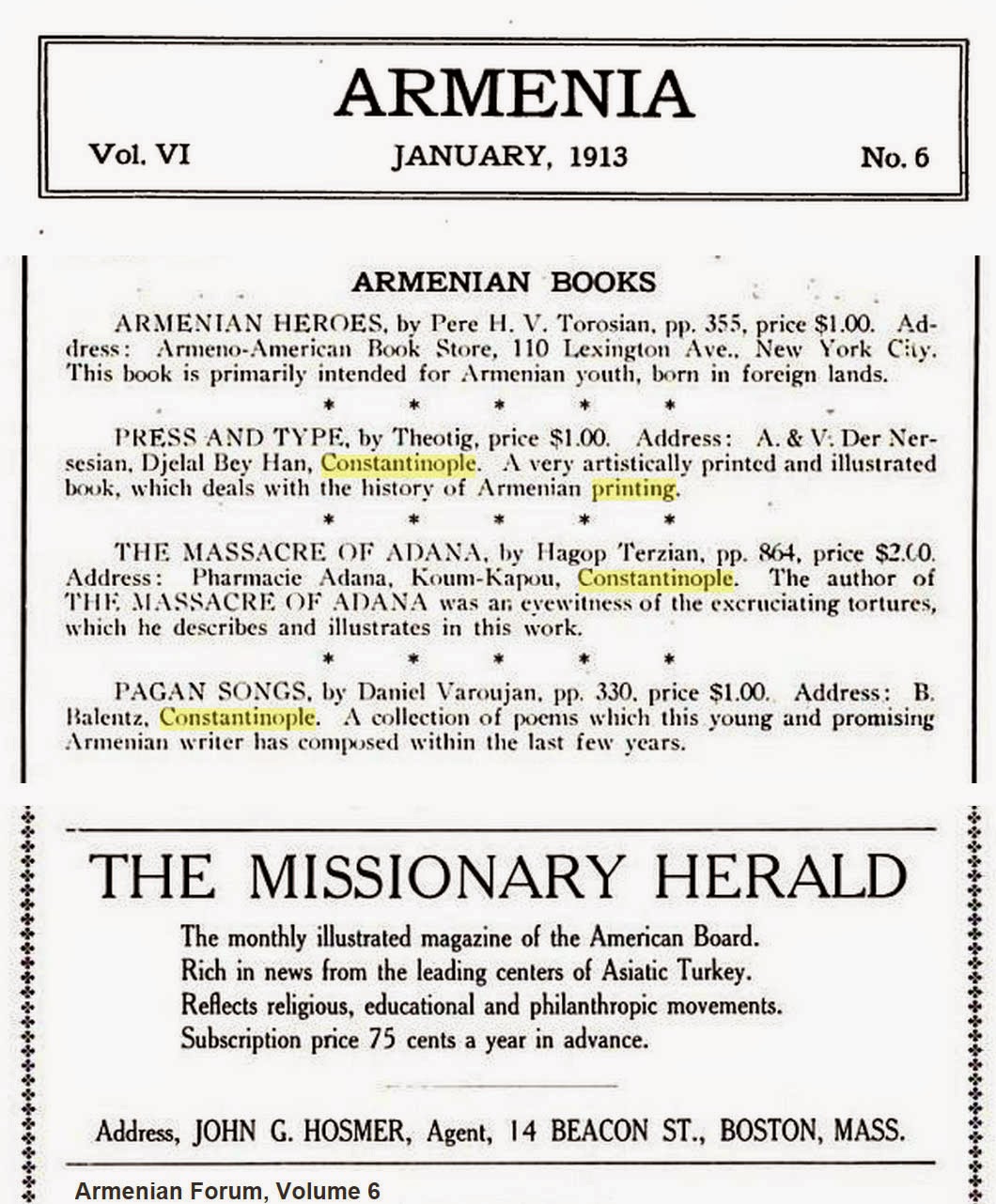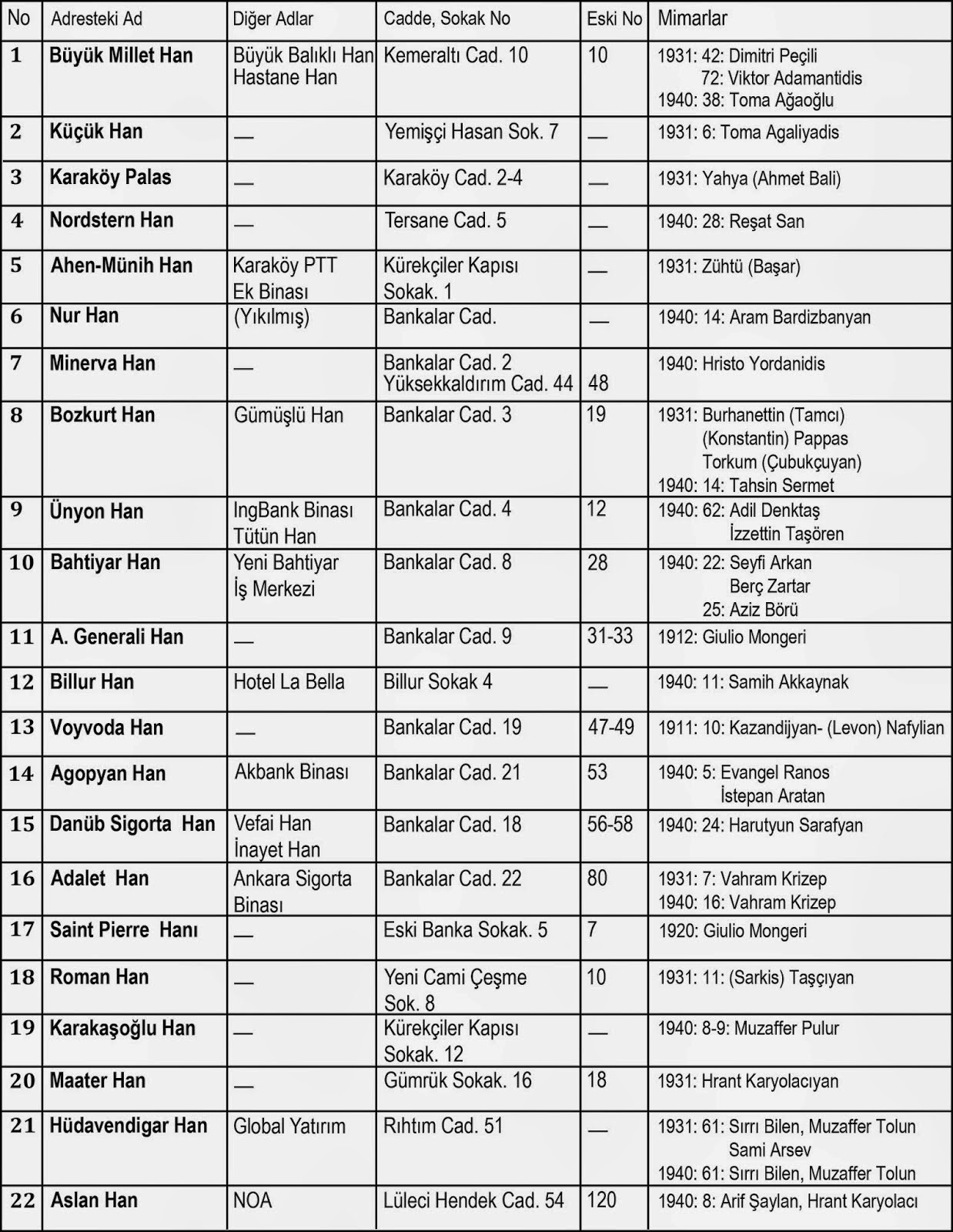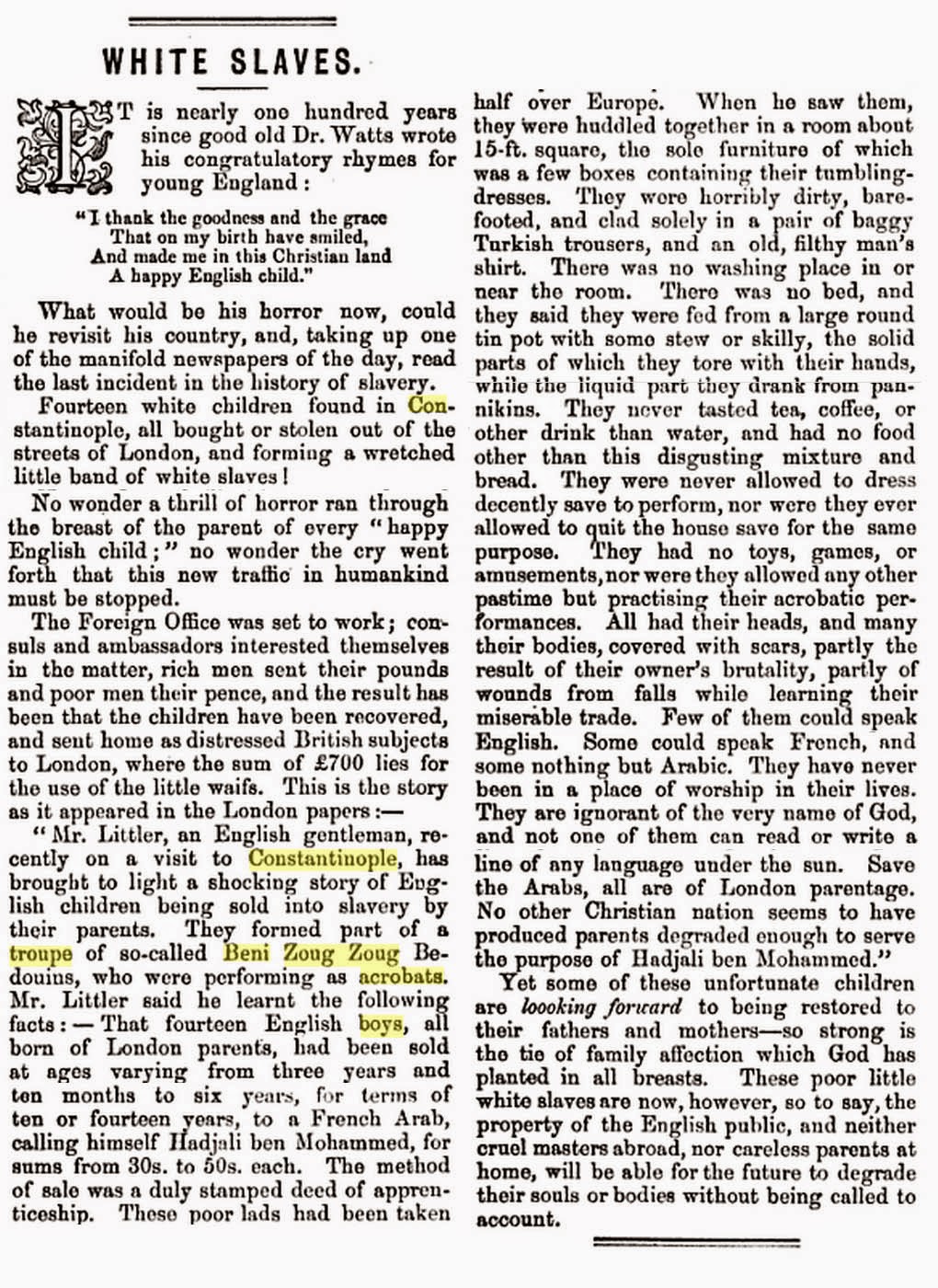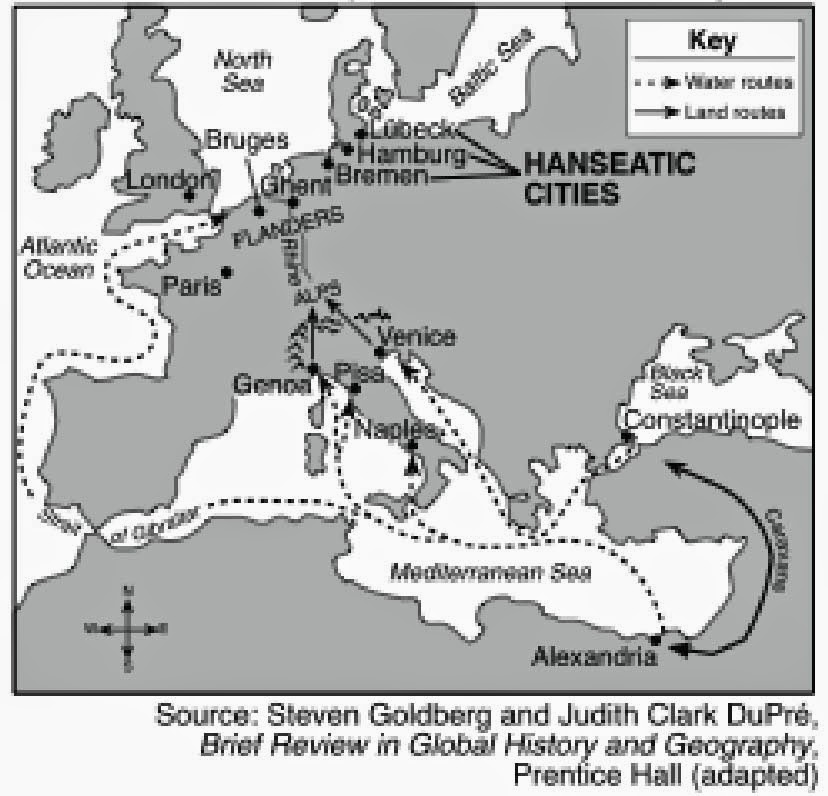Mavi Boncuk |
Storia del cinema mondiale
TURCHIA Enciclopedia del Cinema (2004) di Roberto Silvestri
Roberto Silvestri ( Lecce , August 16 1950 ) is an Italian journalist and film critic.
Turchia
CINEMATOGRAFIA
Singolare e contraddittorio è stato lo sviluppo storico del cinema turco, pesantemente condizionato da gravi e antichi problemi sociali, economici, etnici (il genocidio degli armeni del 1915, la dura repressione dei curdi), politici (compresi tre colpi di stato militari nella seconda metà del 20° sec.) e di censura. Il cinema in T. nacque quindi tardi e si sviluppò lentamente: le prime, sporadiche attività in questo ambito risalgono agli anni Dieci. Furono solo sei i film a soggetto che vennero realizzati durante l'Impero ottomano. Il sultano assolutista ῾Abd ul-Ḥamīd II disprezzava le invenzioni e le nuove tecniche; bisognerà quindi aspettare il 1914 per trovare a Istanbul una sala cinematografica. Mentre in Macedonia, allora parte dell'Impero ottomano, i pionieri fratelli Manaki, Yanaki e Milton, giravano il documentario sulla visita del sultano Mehmet V Reşat a Monastir (odierna Bitola), nel resto dell'Impero le difficoltà per il cinema di attecchire erano enormi. Fu con alcuni reportage di guerra firmati dall'ufficiale Fuat Uzkınay durante il primo conflitto mondiale che iniziò una tradizione cinematografica del Paese, a partire, nel 1914, da Ayastefanos Abidesinin Yıkılışı (La demolizione del monumento russo Santo Stefano) di Uzkınay, primo documentario turco. A Sedat Simavi va attribuito invece, il primo lungometraggio di finzione, Pençe (L'artiglio), seguito da un altro film a soggetto, Casus (La spia), entrambi del 1917. L'attore e regista teatrale Ahmet Fehim girò tre film di ispirazione letteraria: Mürebbiye (La governante), Binnaz, entrambi del 1919, e Bican efendi vekilharç (1921, Il custode Bican). Soltanto negli anni Venti la produzione si avviò su basi industriali, grazie all'iniziativa dei fratelli Seden che fondarono la Kemal Film e dei fratelli Ipekçi che aprirono la Ipek Film.Un solo regista incarnò pienamente, dal 1922 al 1938, i valori e i miti della repubblica laica ‒ emancipazionismo femminile imposto compreso ‒ voluta da Muṣṭafa Kemāl (Atatürk): Muhsin Ertuǧrul, di provenienza teatrale, che sottomise l'immagine alla sovranità drammaturgica e letteraria. I suoi film sono remake di melodrammi americani o svedesi, oppure adattamenti da romanzi, commedie e tragedie filmate. Fu suo il merito, nel 1931, della prima coproduzione della storia turca, con Egitto e Grecia, İstanbul sokaklarında (Nelle strade di Istanbul), mentre l'ultimo film firmato da Ertuğrul è anche il primo film turco a colori, Halıcı Kız (1953, La tessitrice di tappeti). Dopo la Seconda guerra mondiale, il linguaggio cinematografico iniziò a sprovincializzarsi, migliorarono le tecniche di ripresa, si aprì al 'realismo critico' la cosiddetta generazione dei cineasti che, dal 1949 al 1960, si mise a osservare le più laceranti contraddizioni del mondo rurale e metropolitano, un percorso iniziato da Lütfi ömer Akad. La sua opera d'esordio, Vurun kahpeye (1949, Colpite la puttana), riuscì a coniugare ricerca estetica e successo commerciale. Akad, che aveva osservato a fondo i pochi 'dissidenti' del periodo di tran-sizione, Faruk Kenç e Sadan Kamil (i quali avevano studiato in Germania), fu l'esponente di punta del cinema turco. Con una filmografia abbondante (oltre cinquanta film e un finale di carriera televisivo), una scrittura semplice, mai misera né sentimentale, a cominciare dall'opera prima e dal poliziesco Kanun Namina (1952, In nome della legge) fino al suo periodo più denso e signi-ficativo, gli anni Settanta, con il capolavoro, Irmak (1972, Il fiume), e con la trilogia più personale costituita da Gelin (1973, La sposa), Düğün (1974, Le nozze) e Diyet (1975, Il debito), delineò il triplice movimento chiave della società turca dell'epoca: l'esodo rurale, lo sradicamento culturale e l'integrazione obbligata in città.
Atıf Yılmaz è stato il più longevo ed eclettico dei registi turchi, realizzando oltre cento film di tutti i generi, (da Selvi boylum al yazmalım, 1977, Mia amata dalla sciarpa rossa, a Berdel, del 1990, entrambi con la diva e regista Türkan Şoray); maestro di Yılmaz Güney, capace di costruire con intelligenza opere popolari, che si presentano con una buona dose di sperimentazione e di piacevolezza. Nel 1995 ha raggruppato in una unità produttiva indipendente, la Sinema Vakfi, dieci cineasti-produttori (tra cui Erden Kıral e Ömer Kavur) per reagire alla crisi e alla mancanza di finanziamenti pubblici.
I primi riconoscimenti internazionali li avevano conquistati però i 'drammi anatolici' di Metin Erksan, ex critico, sceneggiatore e documentarista scontratosi spesso con la censura, vincitore dell'Orso d'oro al Festival di Berlino nel 1964 con Susuz yaz (1963, Un'estate senza acqua), fautore di un cinema nazionale (il cosiddetto Ulusal) rigoroso e ossessivamente anti-occidentale, fondato sul realismo sociale, e influenzato dallo scrittore K. Tahir, dai 'romanzi del villaggio' di Mahmut Makal e del gruppo di scrittori 'naturalisti' progressisti. Nacque nello stesso anno il Festival di Antalya e, grazie ad alcune misure protezionistiche, la produzione iniziò a superare i cento film all'anno. I melodrammi populisti, i film musicali all'egiziana (arabesque) o le commedie sentimentali a basso costo e con star fisse divennero il cuore del cinema commerciale.Il vento di libertà inaugurato dalla Costituzione del 1961 aveva aperto infatti nuovi orizzonti, politici e culturali. Lo scontro avveniva tra i cineasti di destra, i nazionalisti (Milli) e il fronte progressista, moderato (Ulusal) rappresentato da Halit Refiğ (Gurbet kuşları, 1964, Gli uccelli dell'esilio), o rivoluzionario (Devrimci), che sarebbe stato represso, ma avrebbe trovato in Güney il suo massimo esponente.Figura controversa sul piano personale e politico, Güney firmò con Umut (1970, La speranza) una sorta di manifesto del nuovo cinema turco. Dal carcere dove trascorse la maggior parte degli anni Settanta, diresse (attraverso i fedeli collaboratori Zeki Ökten e Şerif Gö-ren) alcuni tra i suoi film più acclamati nei festival internazionali (Sürü, 1978, Il gregge; Düşman, 1979, Il nemico; Yol, 1982, Palma d'oro al Festival di Cannes). Nel 1980, all'indomani del colpo di stato militare, fuggì in Europa dove portò a termine il dramma carcerario Le mur (1983; La rivolta).
Ali Özgentürk (Hazal, 1980; At, 1982, Il cavallo), Kıral (Kanal, 1978, Canale; Der Spiegel, 1984; Mavì Sürgün, 1993, L'esilio blu) e Kavur (Yatik Emine, 1974, Emine la puttana; Kırık bir ask hikayesi, 1981, Una storia d'amore spezzato) fecero il loro esordio da autori impegnati proprio negli anni Settanta, nel periodo delle lotte operaie e studentesche più dure e delle grandi speranze frustrate, e durante gli anni Ottanta del liberismo e del disimpegno e, in T., anche del terzo colpo di stato militare. Questi cineasti ‒ e anche Yavuz Özkan autore di alcuni esempi radicali di cinema militante d'arte (Maden, 1978, La miniera, Demiryol, 1979, La ferrovia, Yengeç sepeti, 1994, Paniere di granchi) ‒ entreranno presto in conflitto con le esigenze dell'industria che pretendeva drammi metropolitani e borghesi o commedie 'cosmopolite' e dapprima forzeranno provocatoriamente girando film quali per es. Hazal di Özgentürk o Hakkari'de bir mevsim (1983, Una stagione nell'Hakkari) di Kıral, che piacque al pubblico e alle giurie dei festival internazionali. Poi, si rinchiuderanno sempre più nell'intimismo simbolico-calligrafico o nell'ermetismo onirico (come per es. il Kavur di Anayurt Oteli, 1987, Hotel Madrepatria) per sfuggire alla censura e alla volgarità crescente dell'immaginario exploitation. Una reazione diversa rispetto al clima consumista dilagante era costituita dal 'cinema bianco', di ispirazione islamica e violentemente anti-occidentale che si era organizzato attorno alle opere realizzate da Yücel Cakmaklı e da Mehmet Tanrısever e vicino a un movimento politico sempre più impetuoso e capillare, che nel 1995 è giunto al governo. Filoni interessanti del cinema d'autore in tempi recenti sono stati i drammi dell'emigrazione in Germania e nell'Europa del Nord, la solitudine dell'esilio e il razzismo, le tentazioni dell'assimilazione e i drammi del reinserimento in patria. Oltre a Tunç Okan, emigrato in Svezia e regista del film che ha inaugurato il genere, Otobüs, noto anche come The bus (1976), e al Kıral di Bereketli Topraklar Üzerinde, 1979, Sulle terre fertili, Tevfik Başer è stato autore emblematico con 40 QM Deutschland (1986; 40 mq di Germania), Abschied vom falschen Paradies (1988, Addio ai falsi paradisi) e con Lebewohl, Fremde (1991; Arrivederci straniera). Contro la società patriarcale si ergono i film raccontati 'in prima persona singolare femminile', da Bilge Olgaç (Kasık düsmani, 1984, La stanza del matrimonio), ispirandosi a una grande pioniera degli anni Trenta, l'ex attrice Cahide Sonku, e da Türkan Şoray. Yeşim Ustaoğlu emersa soprattutto negli anni Novanta dopo una serie di cortometraggi, con Güneşe Yolculuk (1999, Viaggio verso il Sole), sulla storia di un'amicizia tra un curdo e un turco, permio per la pace al Festival di Berlino, ha avuto il coraggio, tra l'altro, di imporre all'attenzione il problema dell'indipendenza e della dignità del popolo curdo. Insieme a quest'ultima Nuri Bilge Veylan (Mayıs sıkıntısı, 1999, Nuvole di maggio, selezionato al Festival di Berlino; Uzak, 2002, circolato in Italia con il titolo originale) e Zeki Demirkubuz (Yazgi, 2001, Destino; Itiraf, 2002, La confessione) formano il trio di punta del nuovo cinema d'autore, audace, mai ermetico, capace di esprimere spesso chiare posizioni sul piano politico-sociale. Appartengono infine alla cultura turca, di ricchezza e profondità millenaria, da centinaia e centinaia d'anni cerniera tra Oriente e Occidente, anche due cineasti 'dell'emigrazione', Ferzan Özpetek e Fatih Akın che hanno potuto esprimere, nell'ambito delle cinematografie italiana e tedesca, la loro potenza visuale, espressiva e commerciale.
BIBLIOGRAFIA
A. Özgüç, A chronological history of the Turkish cinema. 1914-1988, Istanbul 1988.
G. Scognamillo, A history of the Turkish cinema, Roma 1988.
R. Silvestri, Y. Taskin, Türk Sinemasi. Il cinema turco degli anni '80, Roma 1990.
Le cinéma turc, éd. M. Basutçu, Paris 1996.
M. Basutçu, Cinéma turc, Les annes quatre-vingt-dix, Amiens 1999.
Storia del cinema mondiale
A cura di Gian Piero Brunetta
I. L' Europa, Miti, luoghi, divi
II*. Gli Stati Uniti
II**. Gli Stati Uniti
III. L' Europa. Le cinematografie nazionali
IV. Americhe, Asia, Oceania. Le cinematografie nazionali
Cinema Turco Giovanni Scognamillo 2001
TURCHIA Enciclopedia del Cinema (2004) di Roberto Silvestri
Roberto Silvestri ( Lecce , August 16 1950 ) is an Italian journalist and film critic.
Turchia
CINEMATOGRAFIA
Singolare e contraddittorio è stato lo sviluppo storico del cinema turco, pesantemente condizionato da gravi e antichi problemi sociali, economici, etnici (il genocidio degli armeni del 1915, la dura repressione dei curdi), politici (compresi tre colpi di stato militari nella seconda metà del 20° sec.) e di censura. Il cinema in T. nacque quindi tardi e si sviluppò lentamente: le prime, sporadiche attività in questo ambito risalgono agli anni Dieci. Furono solo sei i film a soggetto che vennero realizzati durante l'Impero ottomano. Il sultano assolutista ῾Abd ul-Ḥamīd II disprezzava le invenzioni e le nuove tecniche; bisognerà quindi aspettare il 1914 per trovare a Istanbul una sala cinematografica. Mentre in Macedonia, allora parte dell'Impero ottomano, i pionieri fratelli Manaki, Yanaki e Milton, giravano il documentario sulla visita del sultano Mehmet V Reşat a Monastir (odierna Bitola), nel resto dell'Impero le difficoltà per il cinema di attecchire erano enormi. Fu con alcuni reportage di guerra firmati dall'ufficiale Fuat Uzkınay durante il primo conflitto mondiale che iniziò una tradizione cinematografica del Paese, a partire, nel 1914, da Ayastefanos Abidesinin Yıkılışı (La demolizione del monumento russo Santo Stefano) di Uzkınay, primo documentario turco. A Sedat Simavi va attribuito invece, il primo lungometraggio di finzione, Pençe (L'artiglio), seguito da un altro film a soggetto, Casus (La spia), entrambi del 1917. L'attore e regista teatrale Ahmet Fehim girò tre film di ispirazione letteraria: Mürebbiye (La governante), Binnaz, entrambi del 1919, e Bican efendi vekilharç (1921, Il custode Bican). Soltanto negli anni Venti la produzione si avviò su basi industriali, grazie all'iniziativa dei fratelli Seden che fondarono la Kemal Film e dei fratelli Ipekçi che aprirono la Ipek Film.Un solo regista incarnò pienamente, dal 1922 al 1938, i valori e i miti della repubblica laica ‒ emancipazionismo femminile imposto compreso ‒ voluta da Muṣṭafa Kemāl (Atatürk): Muhsin Ertuǧrul, di provenienza teatrale, che sottomise l'immagine alla sovranità drammaturgica e letteraria. I suoi film sono remake di melodrammi americani o svedesi, oppure adattamenti da romanzi, commedie e tragedie filmate. Fu suo il merito, nel 1931, della prima coproduzione della storia turca, con Egitto e Grecia, İstanbul sokaklarında (Nelle strade di Istanbul), mentre l'ultimo film firmato da Ertuğrul è anche il primo film turco a colori, Halıcı Kız (1953, La tessitrice di tappeti). Dopo la Seconda guerra mondiale, il linguaggio cinematografico iniziò a sprovincializzarsi, migliorarono le tecniche di ripresa, si aprì al 'realismo critico' la cosiddetta generazione dei cineasti che, dal 1949 al 1960, si mise a osservare le più laceranti contraddizioni del mondo rurale e metropolitano, un percorso iniziato da Lütfi ömer Akad. La sua opera d'esordio, Vurun kahpeye (1949, Colpite la puttana), riuscì a coniugare ricerca estetica e successo commerciale. Akad, che aveva osservato a fondo i pochi 'dissidenti' del periodo di tran-sizione, Faruk Kenç e Sadan Kamil (i quali avevano studiato in Germania), fu l'esponente di punta del cinema turco. Con una filmografia abbondante (oltre cinquanta film e un finale di carriera televisivo), una scrittura semplice, mai misera né sentimentale, a cominciare dall'opera prima e dal poliziesco Kanun Namina (1952, In nome della legge) fino al suo periodo più denso e signi-ficativo, gli anni Settanta, con il capolavoro, Irmak (1972, Il fiume), e con la trilogia più personale costituita da Gelin (1973, La sposa), Düğün (1974, Le nozze) e Diyet (1975, Il debito), delineò il triplice movimento chiave della società turca dell'epoca: l'esodo rurale, lo sradicamento culturale e l'integrazione obbligata in città.
Atıf Yılmaz è stato il più longevo ed eclettico dei registi turchi, realizzando oltre cento film di tutti i generi, (da Selvi boylum al yazmalım, 1977, Mia amata dalla sciarpa rossa, a Berdel, del 1990, entrambi con la diva e regista Türkan Şoray); maestro di Yılmaz Güney, capace di costruire con intelligenza opere popolari, che si presentano con una buona dose di sperimentazione e di piacevolezza. Nel 1995 ha raggruppato in una unità produttiva indipendente, la Sinema Vakfi, dieci cineasti-produttori (tra cui Erden Kıral e Ömer Kavur) per reagire alla crisi e alla mancanza di finanziamenti pubblici.
I primi riconoscimenti internazionali li avevano conquistati però i 'drammi anatolici' di Metin Erksan, ex critico, sceneggiatore e documentarista scontratosi spesso con la censura, vincitore dell'Orso d'oro al Festival di Berlino nel 1964 con Susuz yaz (1963, Un'estate senza acqua), fautore di un cinema nazionale (il cosiddetto Ulusal) rigoroso e ossessivamente anti-occidentale, fondato sul realismo sociale, e influenzato dallo scrittore K. Tahir, dai 'romanzi del villaggio' di Mahmut Makal e del gruppo di scrittori 'naturalisti' progressisti. Nacque nello stesso anno il Festival di Antalya e, grazie ad alcune misure protezionistiche, la produzione iniziò a superare i cento film all'anno. I melodrammi populisti, i film musicali all'egiziana (arabesque) o le commedie sentimentali a basso costo e con star fisse divennero il cuore del cinema commerciale.Il vento di libertà inaugurato dalla Costituzione del 1961 aveva aperto infatti nuovi orizzonti, politici e culturali. Lo scontro avveniva tra i cineasti di destra, i nazionalisti (Milli) e il fronte progressista, moderato (Ulusal) rappresentato da Halit Refiğ (Gurbet kuşları, 1964, Gli uccelli dell'esilio), o rivoluzionario (Devrimci), che sarebbe stato represso, ma avrebbe trovato in Güney il suo massimo esponente.Figura controversa sul piano personale e politico, Güney firmò con Umut (1970, La speranza) una sorta di manifesto del nuovo cinema turco. Dal carcere dove trascorse la maggior parte degli anni Settanta, diresse (attraverso i fedeli collaboratori Zeki Ökten e Şerif Gö-ren) alcuni tra i suoi film più acclamati nei festival internazionali (Sürü, 1978, Il gregge; Düşman, 1979, Il nemico; Yol, 1982, Palma d'oro al Festival di Cannes). Nel 1980, all'indomani del colpo di stato militare, fuggì in Europa dove portò a termine il dramma carcerario Le mur (1983; La rivolta).
Ali Özgentürk (Hazal, 1980; At, 1982, Il cavallo), Kıral (Kanal, 1978, Canale; Der Spiegel, 1984; Mavì Sürgün, 1993, L'esilio blu) e Kavur (Yatik Emine, 1974, Emine la puttana; Kırık bir ask hikayesi, 1981, Una storia d'amore spezzato) fecero il loro esordio da autori impegnati proprio negli anni Settanta, nel periodo delle lotte operaie e studentesche più dure e delle grandi speranze frustrate, e durante gli anni Ottanta del liberismo e del disimpegno e, in T., anche del terzo colpo di stato militare. Questi cineasti ‒ e anche Yavuz Özkan autore di alcuni esempi radicali di cinema militante d'arte (Maden, 1978, La miniera, Demiryol, 1979, La ferrovia, Yengeç sepeti, 1994, Paniere di granchi) ‒ entreranno presto in conflitto con le esigenze dell'industria che pretendeva drammi metropolitani e borghesi o commedie 'cosmopolite' e dapprima forzeranno provocatoriamente girando film quali per es. Hazal di Özgentürk o Hakkari'de bir mevsim (1983, Una stagione nell'Hakkari) di Kıral, che piacque al pubblico e alle giurie dei festival internazionali. Poi, si rinchiuderanno sempre più nell'intimismo simbolico-calligrafico o nell'ermetismo onirico (come per es. il Kavur di Anayurt Oteli, 1987, Hotel Madrepatria) per sfuggire alla censura e alla volgarità crescente dell'immaginario exploitation. Una reazione diversa rispetto al clima consumista dilagante era costituita dal 'cinema bianco', di ispirazione islamica e violentemente anti-occidentale che si era organizzato attorno alle opere realizzate da Yücel Cakmaklı e da Mehmet Tanrısever e vicino a un movimento politico sempre più impetuoso e capillare, che nel 1995 è giunto al governo. Filoni interessanti del cinema d'autore in tempi recenti sono stati i drammi dell'emigrazione in Germania e nell'Europa del Nord, la solitudine dell'esilio e il razzismo, le tentazioni dell'assimilazione e i drammi del reinserimento in patria. Oltre a Tunç Okan, emigrato in Svezia e regista del film che ha inaugurato il genere, Otobüs, noto anche come The bus (1976), e al Kıral di Bereketli Topraklar Üzerinde, 1979, Sulle terre fertili, Tevfik Başer è stato autore emblematico con 40 QM Deutschland (1986; 40 mq di Germania), Abschied vom falschen Paradies (1988, Addio ai falsi paradisi) e con Lebewohl, Fremde (1991; Arrivederci straniera). Contro la società patriarcale si ergono i film raccontati 'in prima persona singolare femminile', da Bilge Olgaç (Kasık düsmani, 1984, La stanza del matrimonio), ispirandosi a una grande pioniera degli anni Trenta, l'ex attrice Cahide Sonku, e da Türkan Şoray. Yeşim Ustaoğlu emersa soprattutto negli anni Novanta dopo una serie di cortometraggi, con Güneşe Yolculuk (1999, Viaggio verso il Sole), sulla storia di un'amicizia tra un curdo e un turco, permio per la pace al Festival di Berlino, ha avuto il coraggio, tra l'altro, di imporre all'attenzione il problema dell'indipendenza e della dignità del popolo curdo. Insieme a quest'ultima Nuri Bilge Veylan (Mayıs sıkıntısı, 1999, Nuvole di maggio, selezionato al Festival di Berlino; Uzak, 2002, circolato in Italia con il titolo originale) e Zeki Demirkubuz (Yazgi, 2001, Destino; Itiraf, 2002, La confessione) formano il trio di punta del nuovo cinema d'autore, audace, mai ermetico, capace di esprimere spesso chiare posizioni sul piano politico-sociale. Appartengono infine alla cultura turca, di ricchezza e profondità millenaria, da centinaia e centinaia d'anni cerniera tra Oriente e Occidente, anche due cineasti 'dell'emigrazione', Ferzan Özpetek e Fatih Akın che hanno potuto esprimere, nell'ambito delle cinematografie italiana e tedesca, la loro potenza visuale, espressiva e commerciale.
BIBLIOGRAFIA
A. Özgüç, A chronological history of the Turkish cinema. 1914-1988, Istanbul 1988.
G. Scognamillo, A history of the Turkish cinema, Roma 1988.
R. Silvestri, Y. Taskin, Türk Sinemasi. Il cinema turco degli anni '80, Roma 1990.
Le cinéma turc, éd. M. Basutçu, Paris 1996.
M. Basutçu, Cinéma turc, Les annes quatre-vingt-dix, Amiens 1999.





































